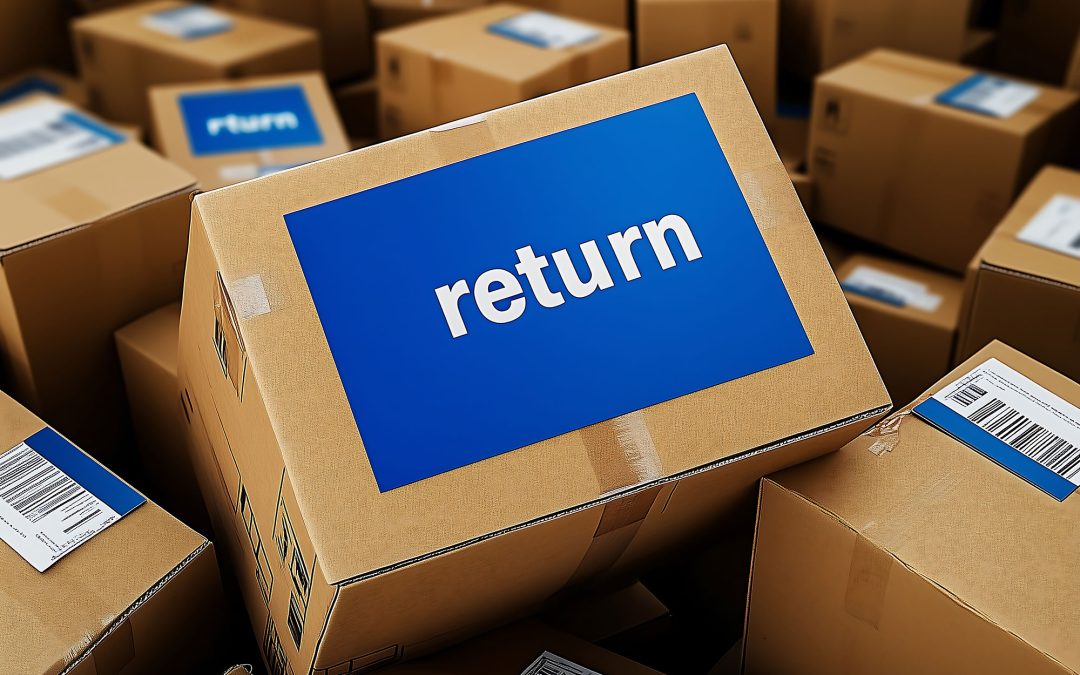The post-holiday season brings a surge in product returns, creating a phenomenon known as “January peak return habits.” This trend poses significant challenges for retailers and third-party logistics providers (3PLs) alike. Let’s explore the causes of this phenomenon, its impacts, and strategies for businesses to navigate this critical period.
The January Returns Surge: Causes and Trends
- Holiday Gift Dissatisfaction: Many unwanted or ill-fitting gifts are returned after the holiday season.
- Post-Holiday Sales: Shoppers may buy items impulsively during sales, only to have buyer’s remorse later.
- Extended Return Policies: Many retailers offer extended return windows for holiday purchases, concentrating returns in January.
- New Year Resolutions: Some consumers return unused items as part of decluttering or budgeting goals.
Challenges for Retailers
- Inventory Management: Large volumes of returns can disrupt inventory forecasts and stock levels.
- Financial Impact: Processing returns, and restocking items incur significant costs.
- Customer Service Strain: High return volumes can overwhelm customer service teams.
- Quality Control: Returned items must be inspected and sorted efficiently to determine resale potential.
Implications for 3PLs
- Capacity Planning: 3PLs must scale operations to handle the surge in reverse logistics.
- Technology Integration: Efficient return processing requires robust systems integration with retailers.
- Value-Added Services: Opportunities arise for 3PLs to offer specialized return handling services.
Sustainability Concerns: Proper disposal or recycling of non-resalable items becomes crucial.
Strategies for Managing January Returns
- Predictive Analytics: Use data to forecast return volumes and optimize resource allocation.
- Streamlined Return Processes: Implement user-friendly online return portals and in-store kiosks.
- Flexible Staffing: Employ temporary workers or cross-train existing staff to handle the surge.
- Reverse Logistics Optimization: Design efficient warehouse layouts and processes for returns handling.
- Proactive Communication: Clearly communicate return policies to minimize confusion and frustration.
The Future of January Returns
As e-commerce continues to grow, the January returns phenomenon is likely to intensify. Retailers and 3PLs must adapt by:
- Investing in AI and Machine Learning: To predict return patterns and optimize operations.
- Exploring Innovative Solutions: Such as virtual try-ons to reduce fit-related returns.
- Focusing on Sustainability: Implementing circular economy principles in returns management.
- Collaborating Closely: Strengthening partnerships between retailers and 3PLs to create seamless return experiences.
By understanding and preparing for January peak return habits, retailers and 3PLs can turn this challenging period into an opportunity for improved customer satisfaction and operational efficiency.

